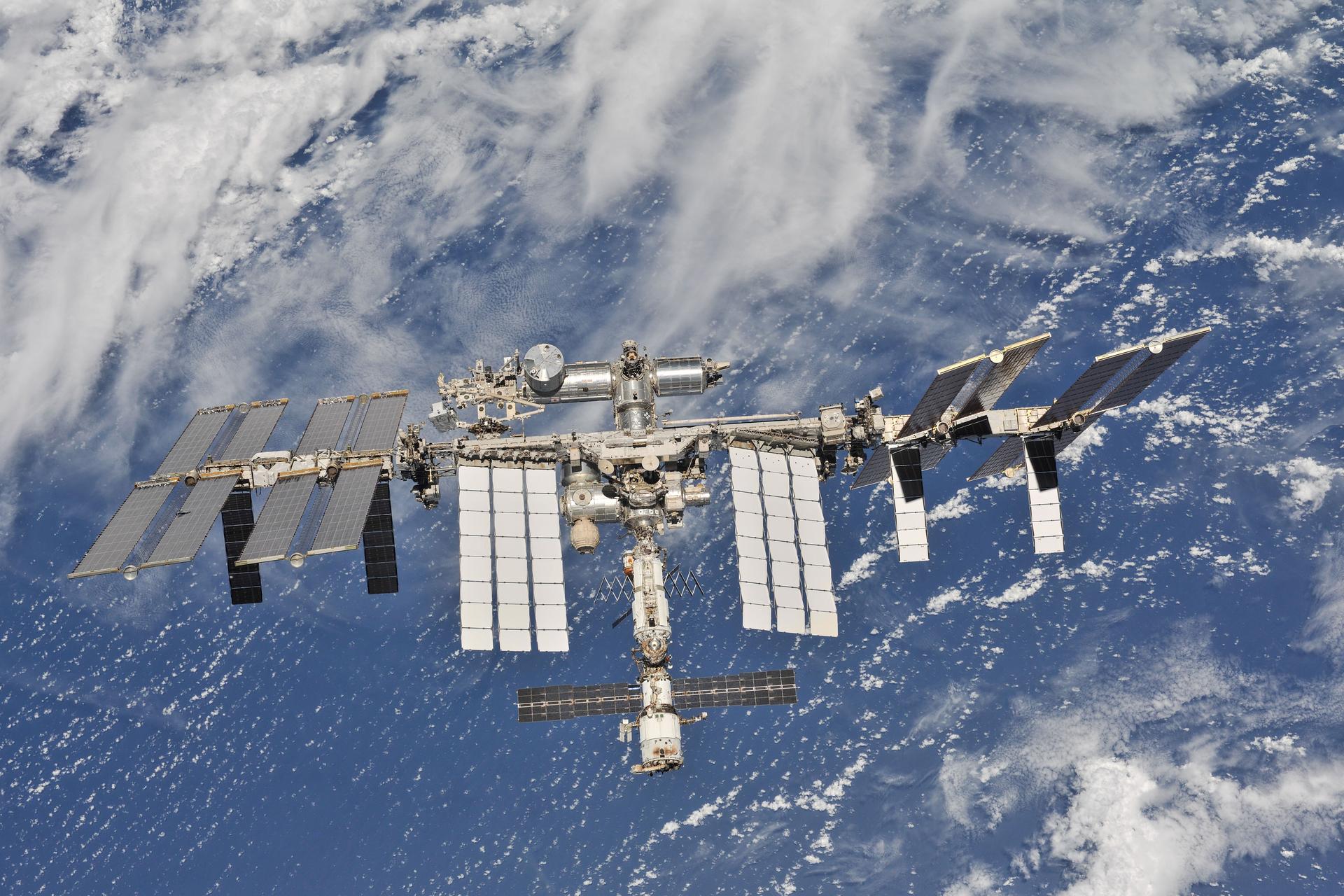Space station successors may not be ready in time to replace aging lab: report
"We cannot have a gap in American human spaceflight in low Earth orbit."

A NASA safety advisory panel has warned that the agency may not be able to transition from the International Space Station to commercial space stations in time to avoid leaving a gap in America's presence in low Earth orbit, or LEO.
NASA laid out its plans earlier this year to operate the International Space Station (ISS) through the end of this decade, at which point it will deorbit it in a fiery death. NASA is currently supporting the development of commercial stations to maintain U.S. access to orbit, but there are concerns that these will not be ready by the time the ISS is retired.
According to a SpaceNews report citing a July 21 meeting of NASA's Aerospace Safety Advisory Panel (ASAP), the panel is now warning of a "precarious trajectory" in which there might not be enough time or resources to transition before the ISS is retired. "This is an area of concern for us," said Patricia Sanders, chair of the ASAP panel who spent decades at the Department of Defense.
Related: International Space Station photo tour
One of the issues threatening to create a gap between the ISS and commercial stations that might follow is the funding that such a transition would require. It also is unclear how NASA would be able to guarantee that there would be enough initial business to fully fund the stations' activities through commercial investment alone.
If interest is low, NASA may have to find funding to serve as a "bridge" while the commercial stations begin their operations. "NASA really needs to acknowledge and plan for the underlying reality that maintaining a continuous human presence on orbit now and into the future is going to require significant government investment," said ASAP panel member Amy Donahue, who is also provost at the Coast Guard Academy in Connecticut, Spacenews reports.
In December 2021, NASA awarded three contracts totaling $415.6 million to Blue Origin, Nanoracks LLC and Northrop Grumman as part of a program aimed at funding and developing commercial space stations. The agency hopes to reach the preliminary design review stages on each of the proposed space station concepts, including discussing their potential customers and destinations, by the end of fiscal year 2025, in September 2025.
Breaking space news, the latest updates on rocket launches, skywatching events and more!
NASA has already partnered with Axiom Space to launch commercial modules to the ISS, the first of which will launch in 2024 if the proposed schedule holds, and eventually detach to fly solo.
These are not the first concerns NASA advisors have voiced over the risk of a gap between the ISS and whatever might come next. And NASA has painful experience with such gaps in its operations before, something the agency wishes to avoid repeating.
"We did experience a gap in our transportation system when we retired the shuttle that we do not wish to repeat with our U.S. human presence in low Earth orbit," said Robyn Gatens, NASA's director for the ISS, during a hearing in September 2021.
"This is why NASA is committed to an orderly transition from ISS operations in LEO to U.S. commercially provided destinations in low Earth orbit," she added. "We cannot have a gap in American human spaceflight in low Earth orbit.".
Follow Brett on Twitter at @bretttingley. Follow us on Twitter @Spacedotcom or on Facebook.
Join our Space Forums to keep talking space on the latest missions, night sky and more! And if you have a news tip, correction or comment, let us know at: community@space.com.

Brett is curious about emerging aerospace technologies, alternative launch concepts, military space developments and uncrewed aircraft systems. Brett's work has appeared on Scientific American, The War Zone, Popular Science, the History Channel, Science Discovery and more. Brett has English degrees from Clemson University and the University of North Carolina at Charlotte. In his free time, Brett enjoys skywatching throughout the dark skies of the Appalachian mountains.
